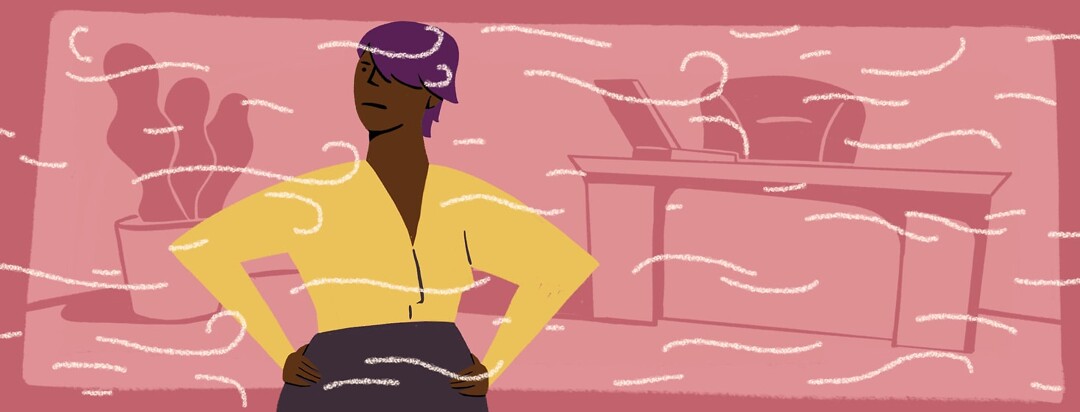Asthma-COPD Overlap Syndrome: Could Occupation Have an Impact?
We know that asthma and COPD are both chronic conditions of the airways that share some clinical features and symptoms and lead to breathing difficulties. A basic definition of Asthma-COPD Overlap Syndrome is "persistent airflow obstruction with features of asthma." They also usually have different underlying causes and risk factors. And while asthma is more common during childhood, COPD is more common in older adults.1
In about 15%-20% of patients, the two conditions can overlap, leading to a diagnosis of Asthma-COPD Overlap Syndrome, or ACOS for short. ACOS is not really a disease in and of itself. In reality, it is just a way for health care professionals to describe the mix of symptoms and develop a plan of care that will work for both COPD and asthma.6
How underlying causes differ and intersect
Asthma has most commonly been linked to allergies. In other words, being exposed to such potential allergens as pollen, dust, mold, and pet dander can trigger asthma symptoms in people with allergic sensitivities. But we now know that many other types of asthma also exist, with varying causes and triggers, though these types are less common than allergic asthma. For example:2
- Aspirin-induced asthma
- Cough-variant asthma
- Exercise-induced asthma
- Nighttime asthma
- Steroid-resistant asthma
- Occupational asthma
Likewise, the most common risk factor for COPD is a history of exposure to tobacco smoke (85-90% of cases). However, your environment can also play a role. In other words, the air that you breathe at home and at work can also affect your health. Long-term exposure to substances such as these may also lead to COPD:3
- Air pollution
- Secondhand smoke and dust
- Fumes and chemicals
As with asthma, some of those substances may be encountered because of your occupation.
Occupational pollutants linked to ACOS
At the annual meeting of the American Academy of Allergy, Asthma, and Immunology (AAAAI for short) earlier this year, presenters shared their findings that the development and worsening of ACOS could be affected by pollutants found in both rural and urban environments. The original underlying causes of either asthma or COPD might exist, but occupational exposure can complicate things.4
Studies have found that air pollution, such as that found in urban environments, increased the likelihood of developing asthma-COPD overlap. Farmers, especially livestock-farmers, have been noted to have features of ACOS. Other occupational triggers may include:4,5
- Flour cereal
- Animal dander
- Latex
- Woods
- Glues
- Epoxies
- Dyes
Exposure to raw and processed animal and plant products, additives and preservatives, contaminants from microbes or insects, inhaled dust particles, or aerosols during food processing can also be a factor for some people.
A large survey of 23,137 people across 31 states and the District of Columbia found that 51.9% of adults with work-related asthma also had COPD, compared with 25.6% of participants whose asthma was not work-related.6
What does this mean for you?
It's important to be aware of the risk of ACOS if you find, especially as the years progress, that your asthma is worsening. If you work in an environment with any of the triggers mentioned above, you may want to consider a different line of work, if possible.
In any case, keep in close contact with your health care team about your symptoms and any changes in your asthma control. Ideally, the AAAAI presenters recommend that doctors should review treatment plans for patients with asthma and COPD features at least every 2-3 months to evaluate effectiveness, and then add any other therapies that might be useful.4

Join the conversation